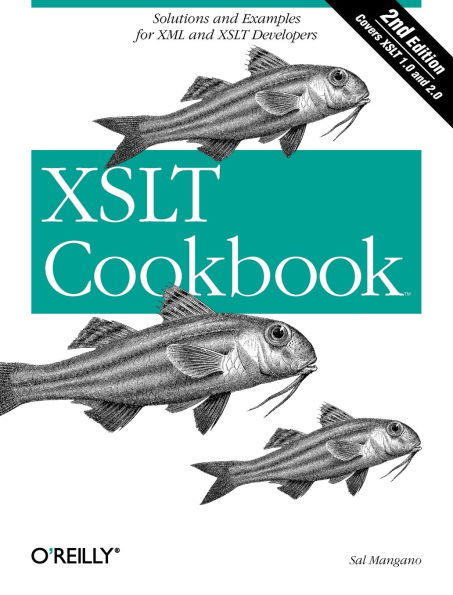
XSLT Cookbook: Solutions and Examples for XML and XSLT Developers
774
XSLT Cookbook: Solutions and Examples for XML and XSLT Developers
774Paperback(Second Edition)
-
PICK UP IN STORECheck Availability at Nearby Stores
Available within 2 business hours
Related collections and offers
Overview
XSLT Cookbook, Second Edition wants to set the record straight. It helps you sharpen your programming skills and overall understanding of XSLT through a collection of detailed recipes. Each recipe breaks down a specific problem into manageable chunks, giving you an easy-to-grasp roadmap for integrating XSLT with your data and applications. No other XSLT book around employs this practical problem-solution-discussion format.
In addition to offering code recipes for solving everyday problems with XSLT 1.0, this new edition shows you how to leverage the improvements found in XSLT 2.0, such as how to simplify the string manipulation and date/time conversion processes. The book also covers XPath 2.0, a critical companion standard, as well as topics ranging from basic transformations to complex sorting and linking. It even explores extension functions on a variety of different XSLT processors and shows ways to combine multiple documents using XSLT. Code examples add a real-world dimension to each technique.
Whether you're just starting out in XSLT or looking for advanced techniques, you'll find the level of information you need in XSLT Cookbook, Second Edition.

Product Details
| ISBN-13: | 9780596009748 |
|---|---|
| Publisher: | O'Reilly Media, Incorporated |
| Publication date: | 12/13/2005 |
| Series: | Cookbooks (O'Reilly) |
| Edition description: | Second Edition |
| Pages: | 774 |
| Product dimensions: | 7.00(w) x 9.19(h) x 1.43(d) |
